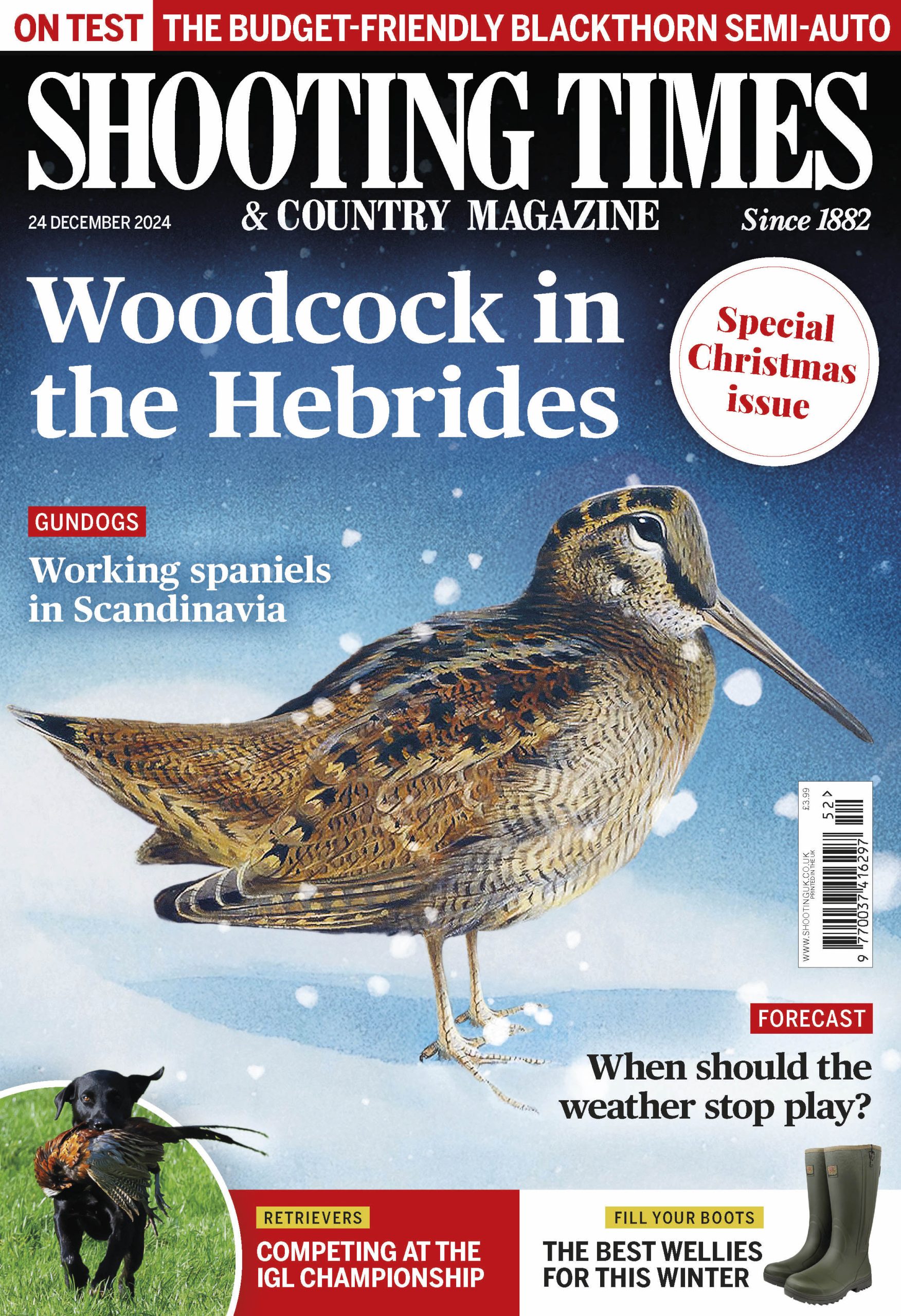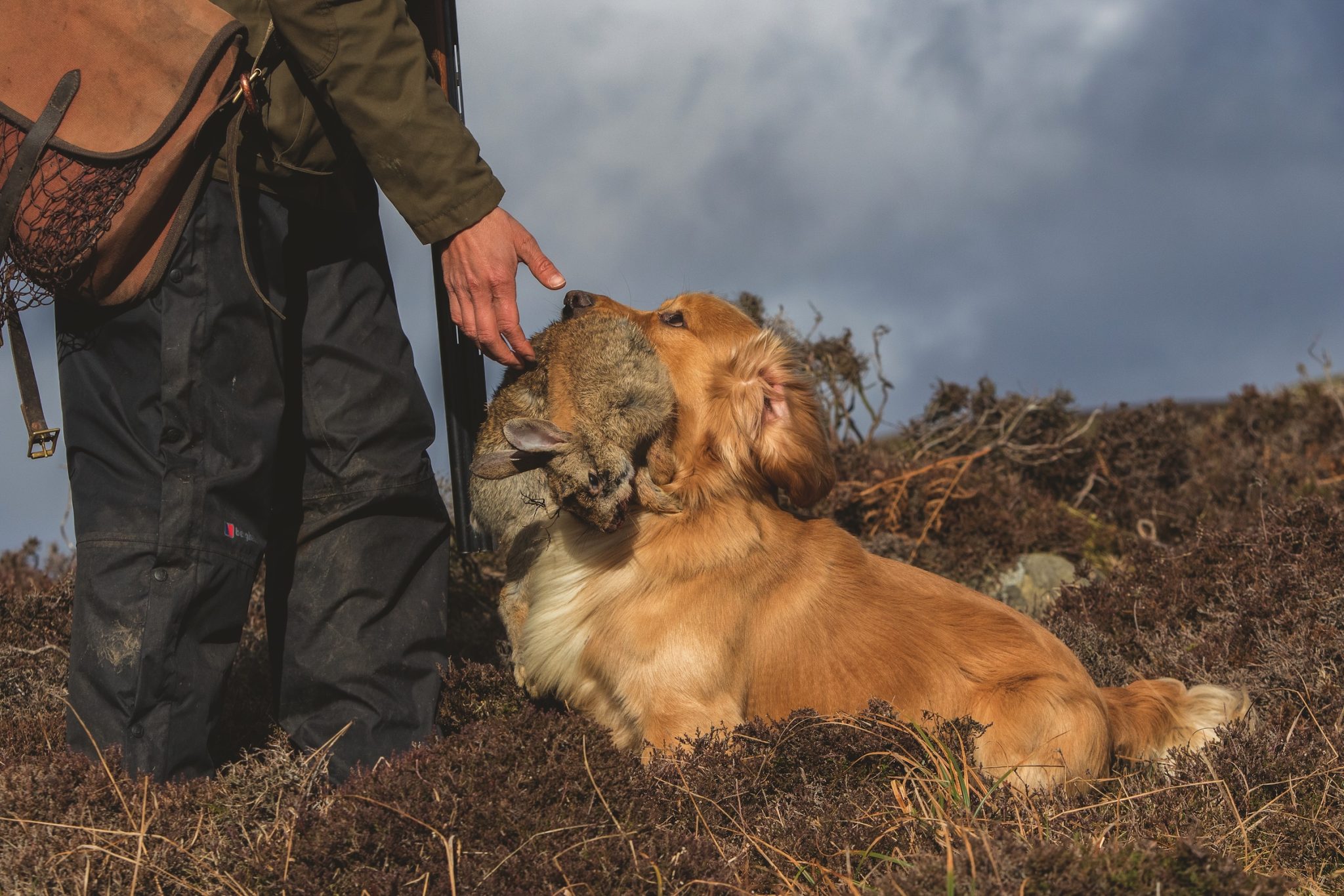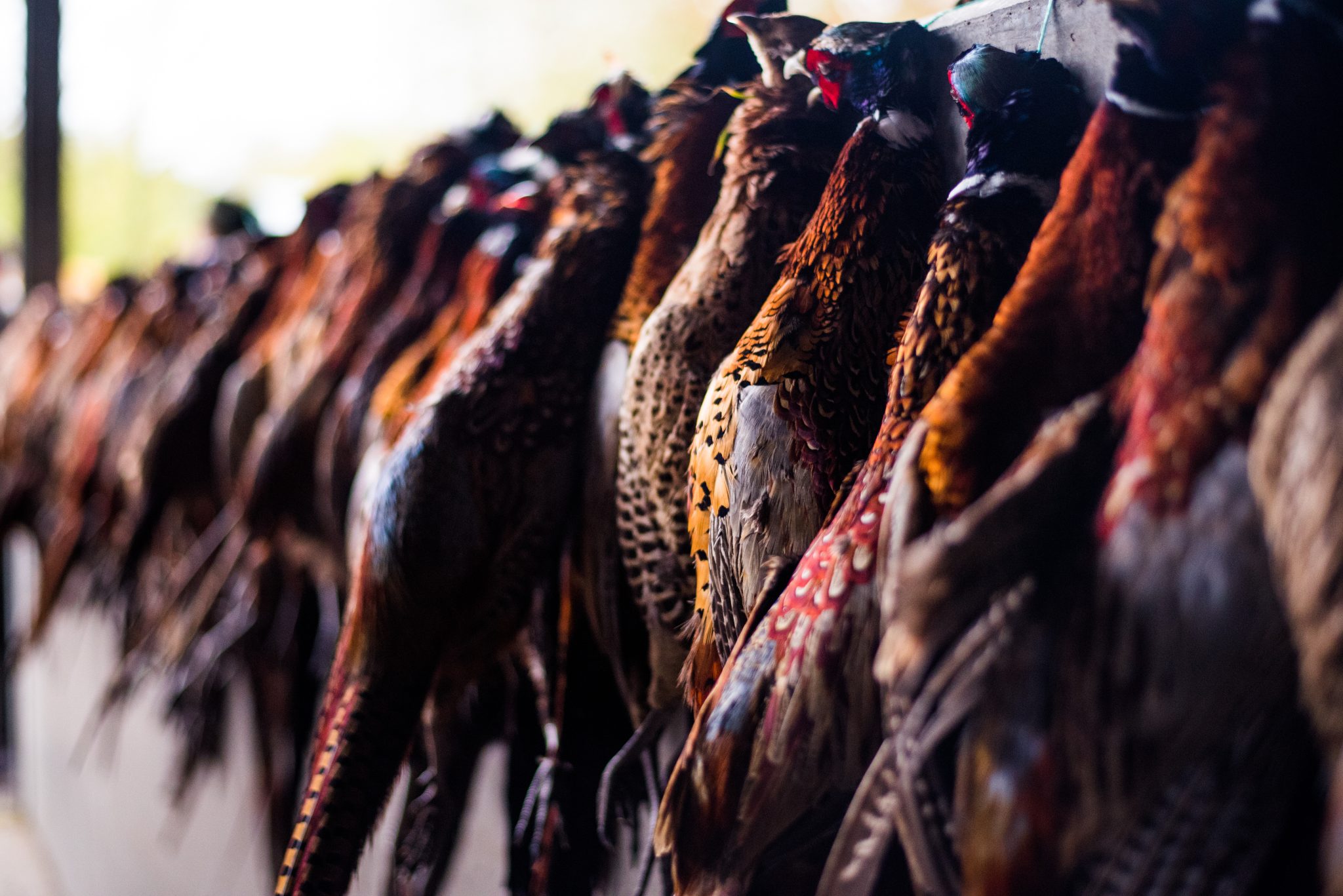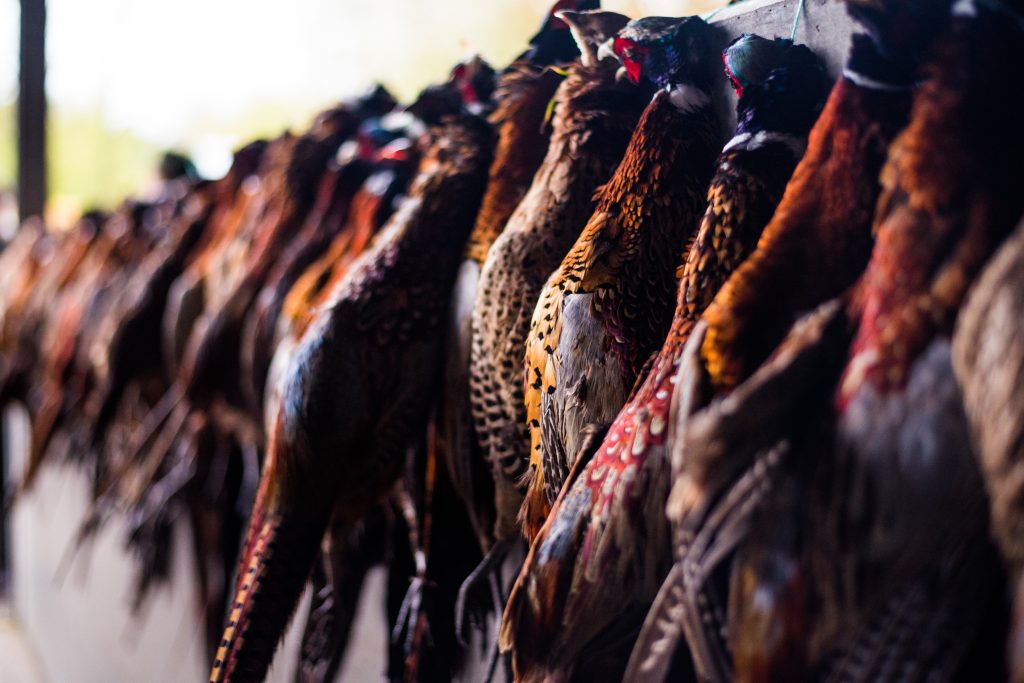Win CENS ProFlex DX5 earplugs worth £1,149 – enter here
Europe edges closer to controlling cormorants
Anglers have long warned about cormorants decimating fish stocks. Now a Europe-wide management plan could finally lead to more decisive action
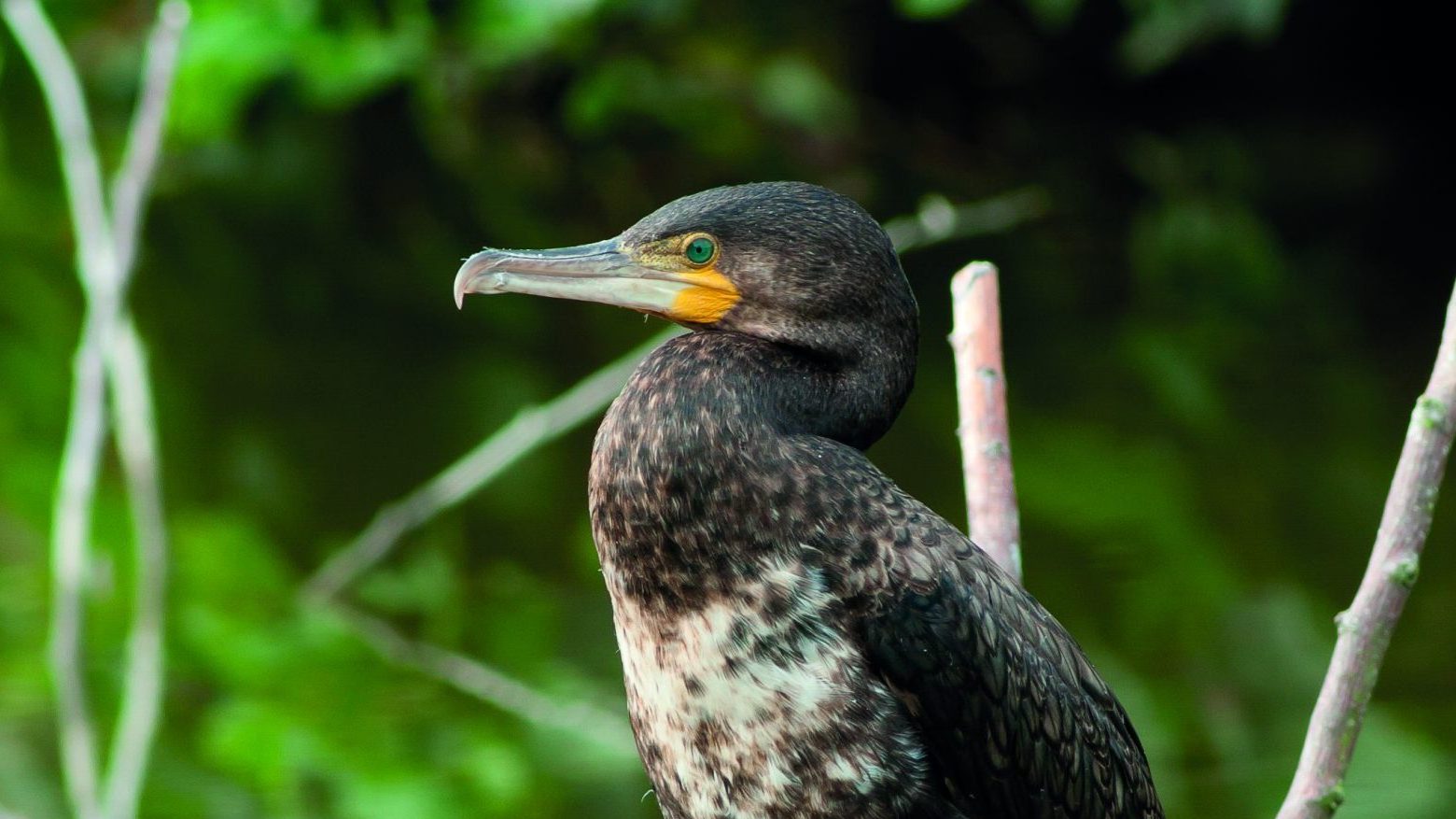
Anglers have long warned about cormorants decimating fish stocks. Now a Europe-wide management plan could finally lead to more decisive action.
Cormorant numbers in Europe have soared from 50,000 in the 1970s to more than 2 million today. In the UK alone, wintering numbers now exceed 64,000, putting enormous pressure on fish populations, stocked fisheries and fragile habitats such as chalkstreams. These birds consume over 270,000 tonnes of fish a year, sources say.
In response, a draft Cormorant Management Plan proposes coordinated action across Europe to reduce numbers to sustainable levels. The Angling Trust, Professor Ian Cowx, and the European Anglers Alliance drafted the plan, which delegates from 35 countries have already backed. It sets out a framework for stronger, science-led controls.
Key proposals include no-cormorant zones in high-risk waters, targeted culling under licence, and action at breeding sites — particularly around the Baltic, where many overwintering birds originate.
Jamie Cook, CEO of the Angling Trust, said the breakthrough followed “thousands of unseen hours” of work and engagement with experts. He added: “These proposals are balanced, sensible, and long overdue.”
The plan will be presented to the European Commission and the United Nations Food and Agriculture Organisation in October. If successful, it would pave the way for firmer control here in the UK.
Related article: Predation has major effect on UK fish stocks, says NGO
Related Articles
Get the latest news delivered direct to your door
Subscribe to Shooting Times & Country
Discover the ultimate companion for field sports enthusiasts with Shooting Times & Country Magazine, the UK’s leading weekly publication that has been at the forefront of shooting culture since 1882. Subscribers gain access to expert tips, comprehensive gear reviews, seasonal advice and a vibrant community of like-minded shooters.
Save on shop price when you subscribe with weekly issues featuring in-depth articles on gundog training, exclusive member offers and access to the digital back issue library. A Shooting Times & Country subscription is more than a magazine, don’t just read about the countryside; immerse yourself in its most authoritative and engaging publication.

